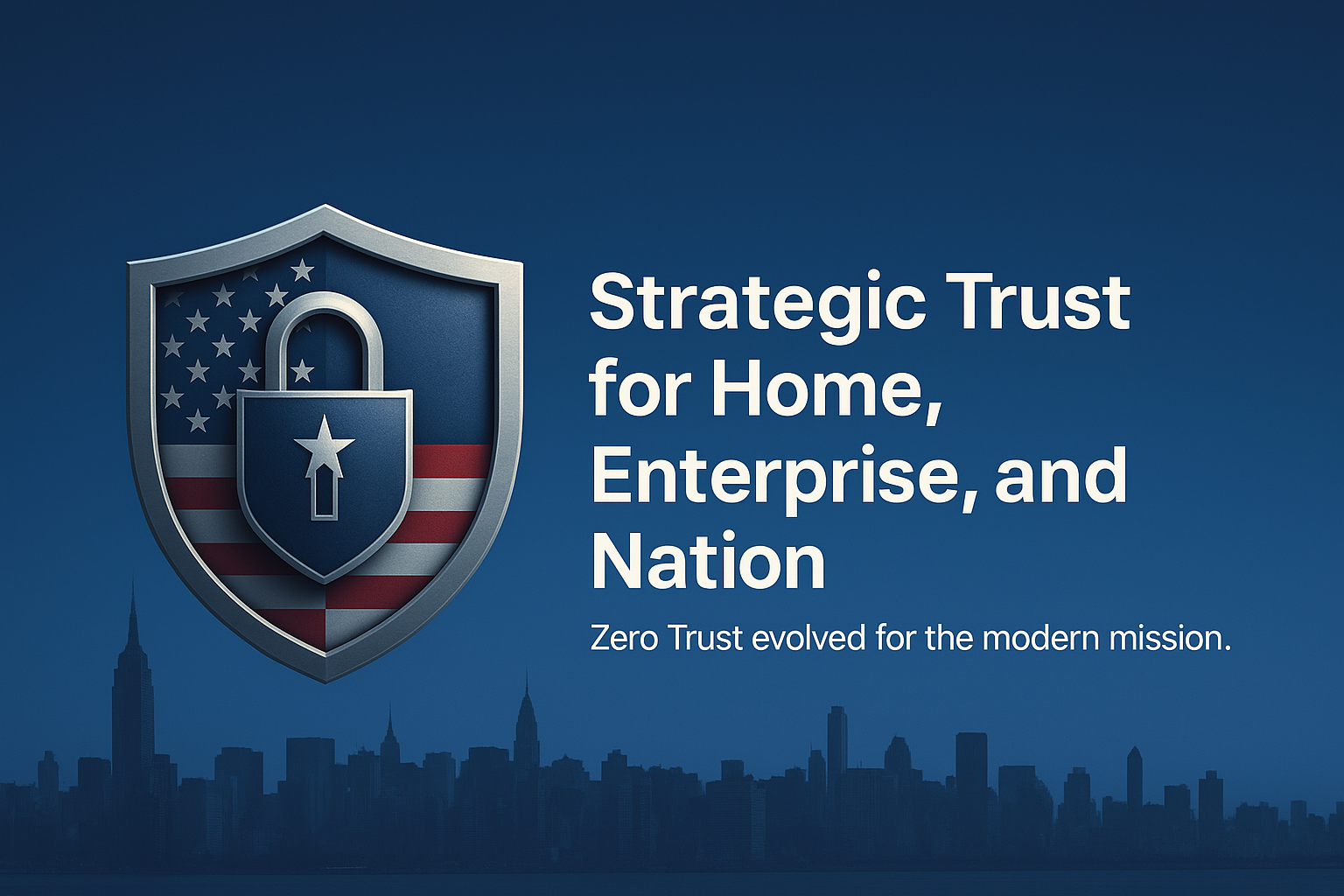Advanced Persistent Threat - Strategic Trust APT Detection
Learn how Strategic Trust's advanced persistent threat detection could have prevented sophisticated long-term cyber attacks
🎯 Learning Objectives
- Understand how advanced persistent threats operate and evade traditional security
- Learn Strategic Trust's comprehensive APT detection and prevention capabilities
- Discover how Strategic Trust could have detected and prevented APT attacks at multiple stages
- Apply Strategic Trust's threat hunting framework to identify and neutralize APTs
💥 The APT Attack
Advanced Persistent Threats represent the most sophisticated form of cyber attack, operating undetected for months or years. Traditional security approaches fail to detect these stealthy, long-term campaigns. Strategic Trust's comprehensive APT detection could have identified and neutralized these threats at multiple intervention points.
APT Attack Timeline & Impact
Duration: 18+ months of undetected access
Organizations Affected: 50+ high-value targets
Data Exposed: Intellectual property, trade secrets, customer data
Financial Impact: $500+ million in damages and recovery costs
Attackers used sophisticated techniques including living-off-the-land, fileless malware, and legitimate tool abuse to maintain persistent access while evading detection.
🛡️ How Strategic Trust Could Have Prevented This
Strategic Trust's Zero Trust architecture provides comprehensive APT detection and prevention through continuous monitoring, behavioral analysis, and threat hunting capabilities.
Strategic Trust Prevention Points
1. Initial Compromise Detection
Strategic Trust's network segmentation and micro-segmentation would have contained the initial breach and triggered immediate alerts.
2. Lateral Movement Prevention
Zero Trust policies would have blocked unauthorized lateral movement between systems and applications.
3. Behavioral Anomaly Detection
AI-powered behavioral analysis would have identified unusual patterns in user and system behavior.
4. Data Exfiltration Prevention
Data loss prevention and encryption would have blocked unauthorized data access and transfer.
5. Command & Control Detection
Network monitoring would have identified suspicious outbound communications to C2 servers.
6. Persistence Mechanism Detection
Continuous monitoring would have detected and blocked attempts to establish persistent access.
7. Threat Hunting Integration
Automated threat hunting would have proactively searched for APT indicators and behaviors.
🚀 Strategic Trust Implementation
Implement Strategic Trust's APT detection framework to protect against sophisticated long-term threats:
Phase 1: Foundation
- Deploy Strategic Trust's network segmentation
- Implement continuous authentication
- Enable behavioral monitoring
Phase 2: Detection
- Activate AI-powered threat detection
- Deploy automated threat hunting
- Implement data loss prevention
Phase 3: Response
- Configure automated incident response
- Establish threat intelligence integration
- Implement continuous improvement
🔑 Key Takeaways
- APTs require sophisticated, multi-layered defense strategies
- Traditional security approaches are insufficient against advanced threats
- Strategic Trust provides comprehensive APT detection and prevention
- Continuous monitoring and behavioral analysis are essential
- Automated threat hunting significantly improves detection capabilities
🔓 Unlock Full APT Protection
This is just a preview of Strategic Trust's comprehensive APT detection capabilities. Get full access to all 365 lessons, implementation guides, and expert support.
